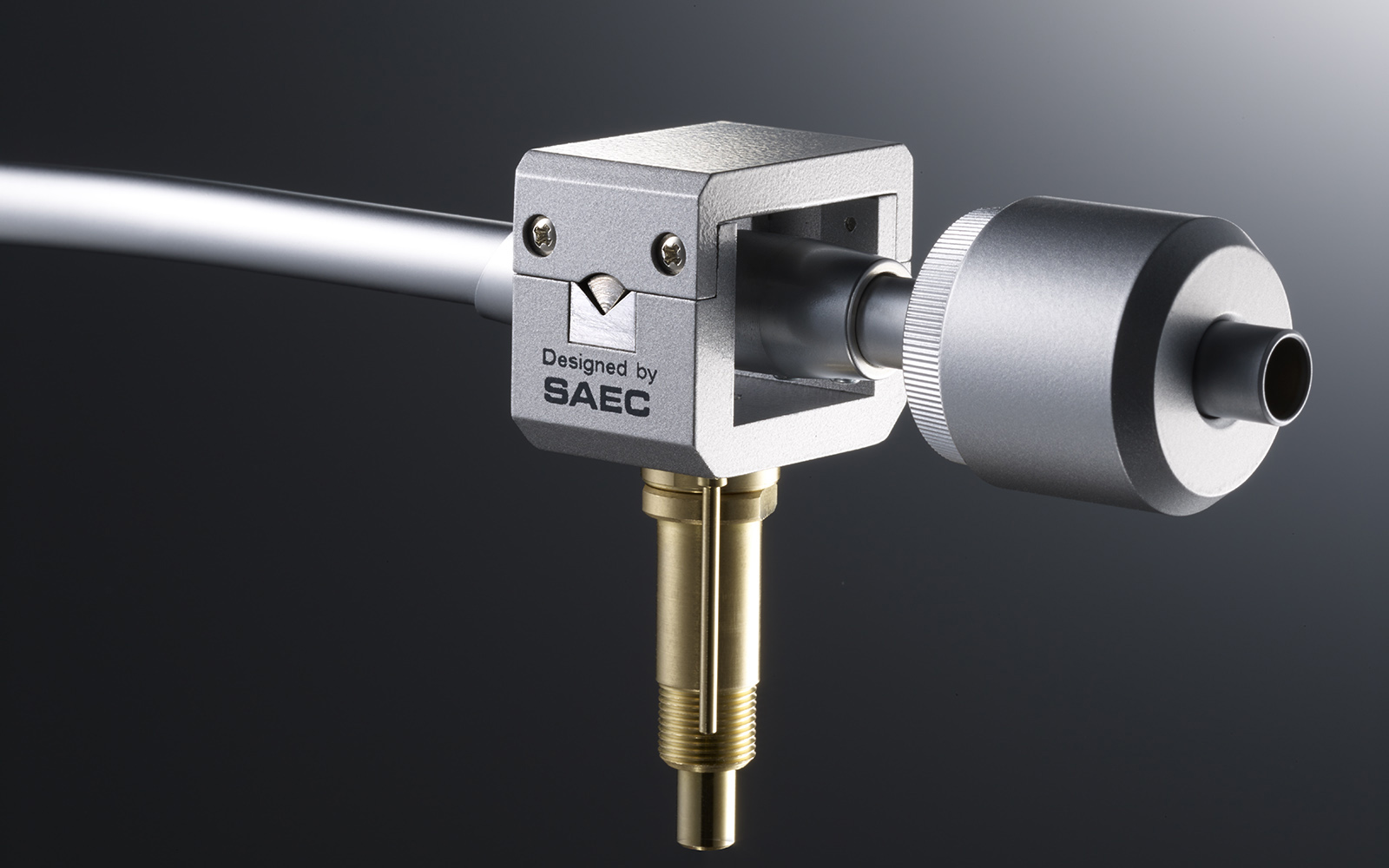computer-audiophile
Major Contributor
Yes, the story with the tone arm bearings.The weakness of the PLX-1000 is the tonearm and bearing.
Loose bearings were a feature of TTs based on the Hanpin modular system for many years. I also played around with some of them for fun. I didn't find it particularly difficult to adjust the bearing properly.
One of my favourites was the DJ-Tech SL1300 with its totally unconventional (ugly?) design. I damped the platter against ringing, put a thick and heavy rubber mat on it, mechanically stabilized the internal main bearing base and connected the output cable direct to the tonearm, skipping the USB/Phono interface. In the end, the TT really played very well, running very quiet and stable - which most people probably wouldn't believe, judging by the look of it.
Last edited:

